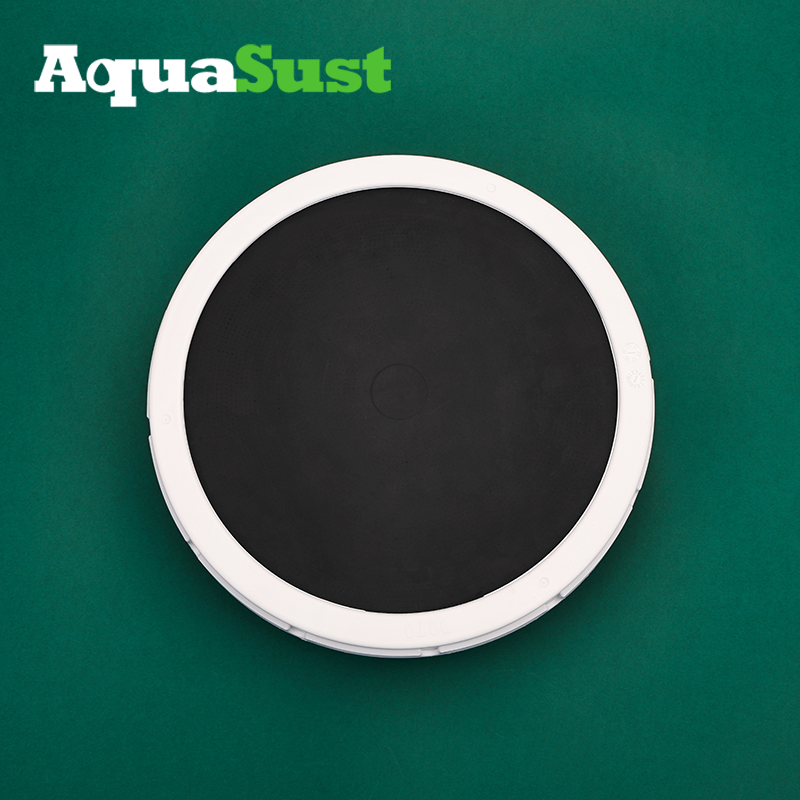 +86-15267462807
+86-15267462807
Disc aerator is one of the commonly used aeration equipment in sewage treatment process. Its working principle is to break up the air into fine bubbles through rotating discs, increase the gas-liquid contact area, and thus improve the oxygen transfer efficiency.
Disc structure: Including the number, diameter, pore size and distribution of discs. Different structural designs will affect the generation, size and distribution of bubbles, thereby affecting the dissolved oxygen efficiency.
Number of discs: The more discs there are, the larger the aeration area, the larger the contact area with the liquid, and the higher the dissolved oxygen efficiency in theory. However, too many discs will increase the resistance of the equipment and increase energy consumption.
Disc diameter: The disc diameter affects the generation and size of bubbles. Discs with larger diameters produce larger bubbles, rise faster, stay in the water for a shorter time, and have relatively low dissolved oxygen efficiency.
Aperture size and distribution: The size and distribution of the pores determine the size and number of bubbles. If the pore size is too large, the bubbles generated will be too large, which is not conducive to the dissolution of oxygen; if the pore size is too small, it is easy to clog. The distribution of holes should be uniform to ensure the uniform distribution of bubbles.
Disc material: The disc material affects the corrosion resistance, wear resistance and bubble generation of the aerator. Generally, corrosion-resistant and wear-resistant materials such as stainless steel and engineering plastics are used.
Speed: Too low speed: When the speed is too low, the bubble generation rate is slow, the gas-liquid contact time is short, and the dissolved oxygen efficiency is low.
Too high speed: When the speed is too high, although the bubble generation rate is fast, the bubbles are too small, the rising speed is fast, the residence time in the water is short, and it is easy to generate too much foam, which affects the transfer of oxygen and increases energy consumption.
Select a suitable disc structure according to water quality and load: For high-concentration organic wastewater, discs with smaller pores and larger numbers can be used to increase the gas-liquid contact area.
Determine the optimal speed through experiments or simulation calculations: Different water qualities and loads require different speeds. Through experiments or simulation calculations, determine the optimal speed to achieve the goal of both ensuring sufficient dissolved oxygen and reducing energy consumption.
Use variable frequency speed regulation: Using a variable frequency speed regulator, the speed can be adjusted as needed to improve energy utilization efficiency.
Optimize air flow: By adjusting the air flow, the size and number of bubbles can be controlled to improve dissolved oxygen efficiency.
Combine with microporous aerators: Combining disc aerators with microporous aerators can improve aeration effects and reduce energy consumption.
Combine with biofilm carriers: Combining aerators with biofilm carriers can increase the amount of microbial attachment and enhance biodegradability.
In some wastewater treatment systems, disc aerators and disc diffusers may be used in combination to better meet treatment needs. For example, a disc aerator can be used to introduce oxygen into the wastewater first, and then a disc diffuser can be used to further promote the diffusion and dissolution of oxygen in the wastewater.
